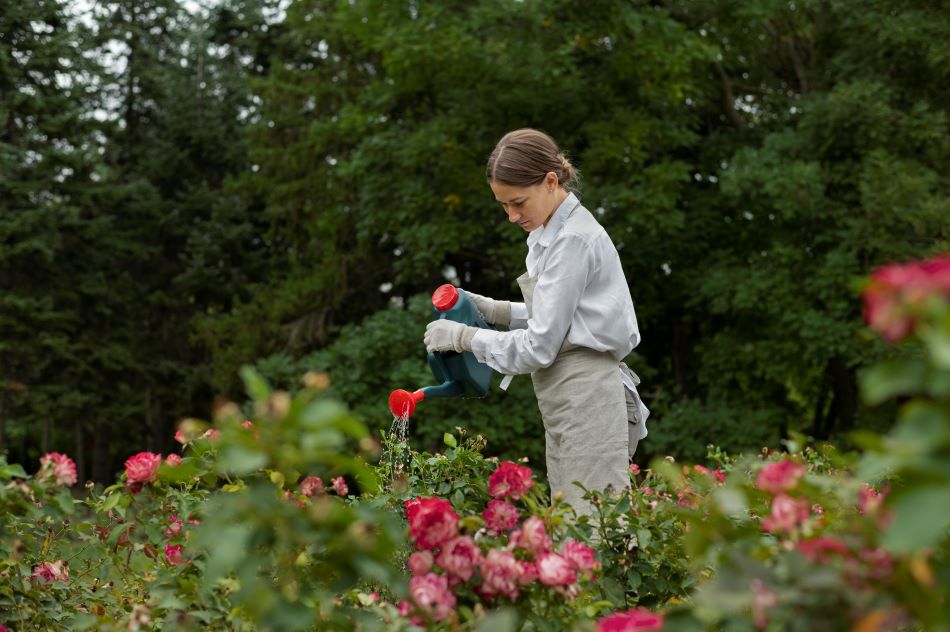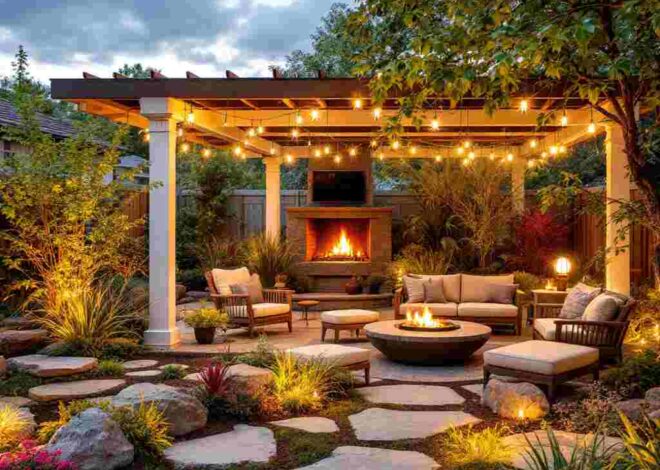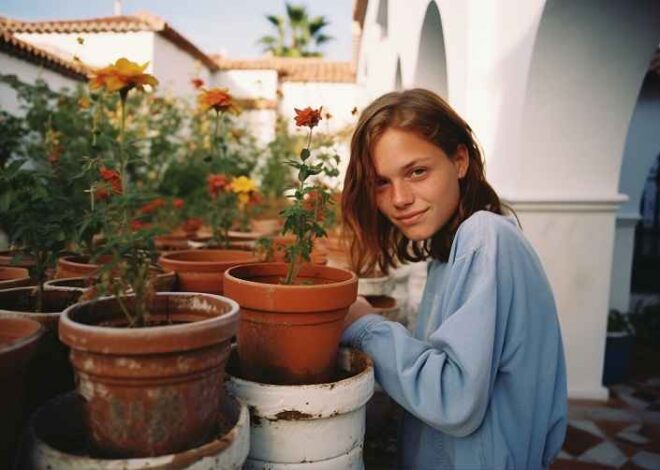
Guide to Creating a Pollinator-Friendly Garden
Pollinator-friendly gardening is essential for maintaining a robust ecosystem. This guide will navigate you through creating a garden that supports pollinators, underscoring the pivotal role these tiny creatures play and the straightforward modifications you can implement to bolster them.
Why Pollinators Matter
Pollinators, including bees, butterflies, and birds, are crucial to our food supply and the health of our environment. They help pollinate over 75% of our flowering plants and nearly 75% of our crops. Without them, foods like fruits, vegetables, and nuts would be less abundant and more costly.
The Ecological Impact
Pollinators contribute to the growth of plants that many other species rely on for shelter and sustenance. A decline in pollinator populations can lead to decreased biodiversity, affecting entire ecosystems.
The Economic Value
In the United States alone, pollination by native insects contributes an estimated $3 billion to the economy annually. This figure underscores the financial impact of these creatures beyond their ecological importance.
Threats to Pollinators
Unfortunately, pollinators face numerous threats, from habitat loss and pesticide exposure to diseases and climate change. Understanding these risks is the first step in mitigating their effects and supporting pollinator populations.
Designing a Pollinator-Friendly Garden
Creating a sanctuary for pollinators doesn’t require a vast amount of space or specialized knowledge. Here’s how you can transform your garden into a pollinator paradise.
Choosing Pollinator-Friendly Plants
Selecting the right plants is crucial for attracting pollinators. Here are some tips and a list of plants to get you started:
- Opt for Native Plants: Native plants are more likely to provide the nectar and pollen that local pollinators need.
- Plant in Clusters: Grouping plants together makes it easier for pollinators to locate them.
- Choose Plants that Bloom at Different Times: This ensures that pollinators have access to food sources throughout the growing season.
Recommended Plants:
- Milkweed
- Lavender
- Sunflowers
- Coneflowers
Creating a Pollinator-Friendly Habitat
In addition to planting the right flowers, creating a welcoming environment is key.
- Provide Water: A simple birdbath or a shallow dish filled with stones and water can serve as a drinking spot.
- Offer Shelter: Leave some areas of your garden untidy with leaves, twigs, and deadwood to offer nesting sites.
Maintaining a Pollinator-Friendly Garden
Maintaining your garden to support pollinators involves more than just regular watering.
- Avoid Pesticides: Chemicals can be harmful to pollinators. Opt for organic pest control methods.
- Regular Pruning: Helps plants to thrive and produce more flowers.
- Mulching: Conserves moisture and suppresses weeds.
Conclusion: Creating a Pollinator-Friendly Garden
Creating a pollinator-friendly garden is a rewarding endeavor that benefits both the environment and your garden’s aesthetic. By planting the right flowers, providing habitats, and maintaining your garden with care, you can make a significant contribution to conserving pollinator populations.
For those interested in delving deeper into pollinator-friendly gardening, numerous resources are available:
- Local Nurseries: Often offer native plants and can provide personalized advice.
- Online Forums: Platforms like GardenWeb provide a space to discuss and exchange tips with other gardeners.
- Educational Materials: Many universities and conservation organizations offer guides and workshops on pollinator-friendly gardening practices.
By embracing pollinator-friendly gardening practices, you not only enhance your own garden but also contribute to global ecological health. Start your journey today and watch as your garden becomes a vibrant ecosystem teeming with life!


